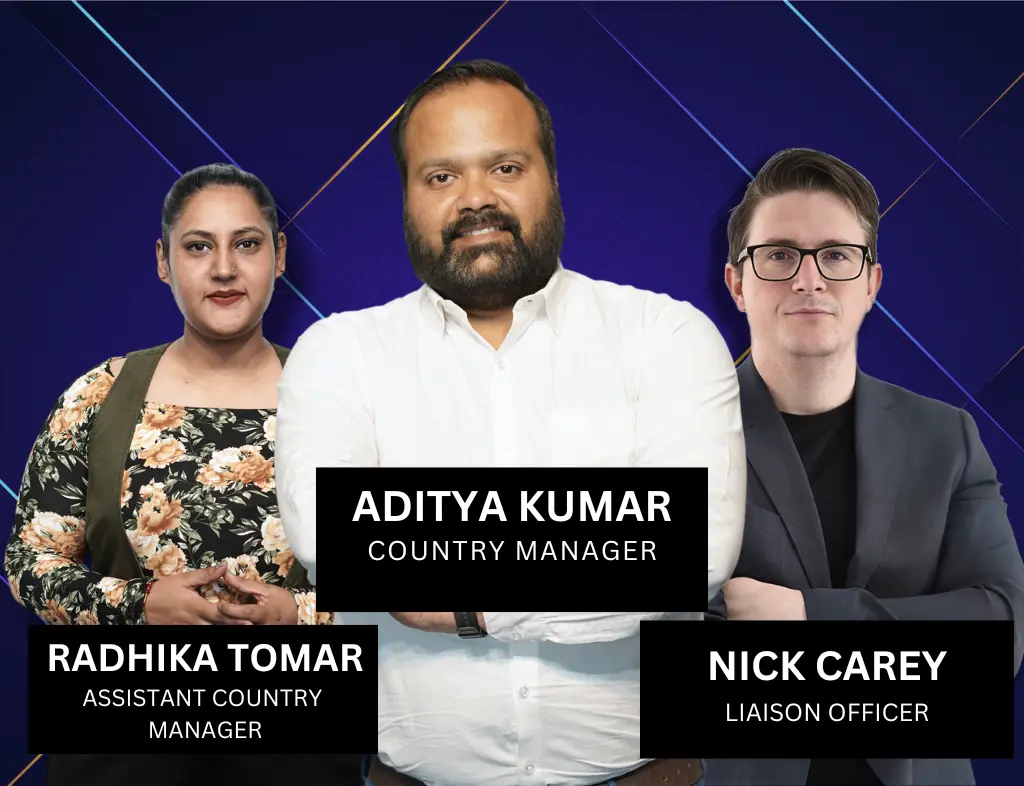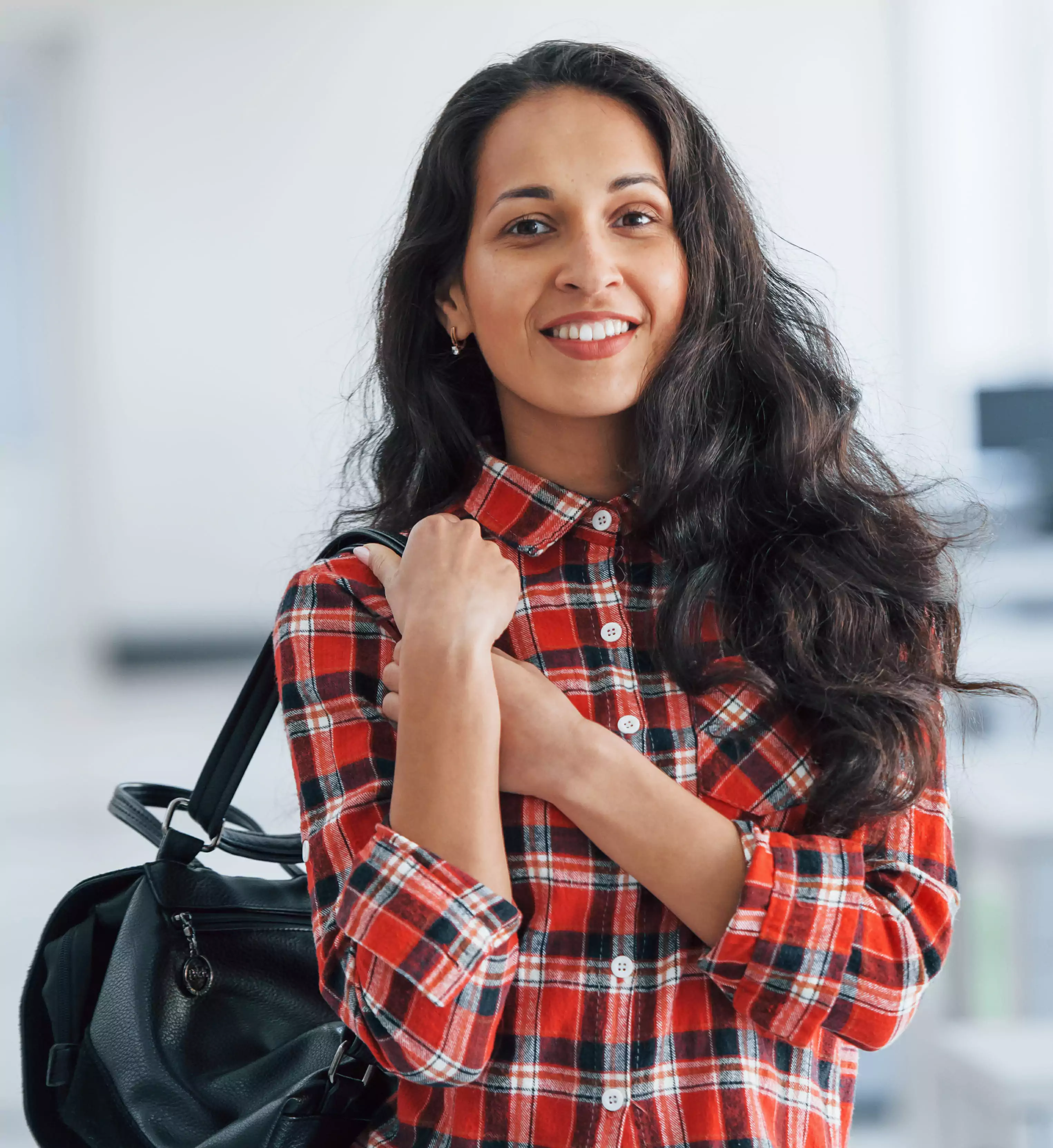
Announcements

Announcements

Meridean Overseas
Updated On 25 January 2023 & Read Time 7 minutes
3.4k
There is a quote by Tom Freston: "Live abroad if you can. Understand cultures other than your own. As your understanding of other cultures increases, your understanding of yourself and your own culture will increase exponentially.” The quote perfectly captures the educational aspect of international life.
The life of an expat is challenging, especially if you leave behind a country rooted in traditions and class like India. You step out of your comfort zone, and it's a different world. Life there is like taking a crash course on how to blend in and not feel ashamed of doing certain things. One such big example is working while studying in the USA. Growing up, you must have seen people telling you about the “kind” of jobs you can and can not do. For example, working as a waiter is seen as low-level work, but if you are working in an MNC, then it’s reputable. Let me tell you one thing related to your study in USA journey and being an international student: nobody knows who you are, what you do, your family conditions and background. People there work every kind of job; none is considered petty and are respected equally.
Table of Contents
While studying, you’ll see all the students doing all sorts of jobs, from being a barista to working in a clothing store. Some even do part-time cleaning places. While this might seem like a foreign concept to you but you must learn to be dependent only on yourself. Go out and experiment; nobody cares!
Now that we are clear about the fact that there is such thing as “good” or “bad” work, you might be thinking, “okay, but tell me about the kind of jobs I can do and for how many hours,” right? Well, as an international student in US, you must hold a valid US student visa. Your US study visa allows you to work on-campus for up to 20 hours per week during school and full-time during school break periods (up to 40 hours per week). On-campus employment is work on campus or at an off-campus location affiliated with the school.
But it’s not that lucid. Most international students in USA hold an F1 visa. It is a non-immigrant US study visa. Working while studying in USA is allowed, but some rules and regulations are imposed on them. These regulations are issued by the United States Citizenship and Immigration Service (USCIS). It is advised that you keep your US student working hours in check. Otherwise, you might end up losing your right to work in the country.
Not only will working part-time help you understand the culture and people well, but you will also be able to forge interpersonal relationships. It is also a great way to manage your expenses. The average part-time salary of international students in USA is 7.25 USD per hour. Although, this might vary with the kind of job you’re doing. Tutors get paid well in the country. It can go up to 15 USD per hour. Other common jobs include waiting tables at restaurants and working in food and beverage chains like Starbucks or McDonald's.
On-campus employment is the most freely permitted by the USCIS regulations and does not require approval. Although these work opportunities are limited, you can not rely on them for proper financial support. Before accepting any on-campus employment, many institutions request approval from the International Student Office. Some schools can even forbid such employment during a student's first semester or year.
While on-campus employment is the most common and readily available one, there are four other categories of off-campus employment. These are:
Curricular Practical Training (CPT)
Optional Practical Training (OPT)
International Institutions and
Economic Hardships
By now, the on-campus employment must be clear to you. The only briefing left is off-campus. Think of five things that you might think about coming under off-campus employment. If your options include tour guides, librarians, florists, call centres, etc., then voila, you’re right. But there’s more to it. Every work type is segregated into different types that you read above.
Ignorance is no bliss, and to be smart and choose what’s in your best interest, understand what each type of off-campus employment means.
Alternative work, internships, cooperative education and any other work provided by the employer after having cooperative agreements with the school falls under Curricular Practical Training or CPT. The cherry on top is that working as a CPT is payable. It is necessary to have prior approval from your school's office for international students and USCIS notification. Although, it is important to note that you can only work for a specific employer after getting authorised for CPT.
I have seen many students wondering what OPT is. Let me take a chance and explain this to you. Suppose you are studying and wish to work during and after graduation in the USA, then OPT is the one.
The OPT programme is enforced in conformity with the rules of the U.S. Citizenship and Immigration Service (USCIS). All OPT employment requires prior authorisation from USCIS and the International Student Office.
Once you have been enrolled for at least nine months, you are eligible to apply for OPT, but you can only start working once you have obtained your Employment Authorization Document (EAD) from USCIS and have been enrolled for at least a year. To apply for an OPT EAD, you do not need a work offer, and your OPT employment can take place anywhere in the US.
Have you always wanted to work with a big and renowned organisation like the Red Cross or World Health Organization? Well, you might very well be able to! To qualify for this category of employment under a US study visa, the organisation must fall in the list of Official State Departments list. This employment category is often overlooked but can be of great importance if you pay closer attention.
Let’s say you’re in a tough spot financially and need help; then the Economic Hardships category comes into action. However, you can’t just wake up one day and demand employment authorisation under this. You’ll have to provide ample evidence to support your claim. You’ll also need good academic standing. This is exactly where marks do matter come in handy. Several forms and documents are required, along with fees and photos. The processing can take up to 12 weeks or longer. Before processing, you cannot start work until you receive the Employment Authorization Document (EAD).
If you get the authorisation, you can work off-campus for 20 hours a week while school is ongoing.
Having employment builds career paths for you, and working as a student in USA is just another way of learning. So, don’t think this job seems petty, and I’ll be ashamed to do it. No job is petty. Do it and own it. I think that’s all you ever really need. Learn and experiment; new life paths will definitely open up to you.
If you wish to study in USA and want more information on the US study visa, get in touch with our expert counsellors. They’ll help you with every query. Contact application02@meridean.org or 1800-1230-00011.
Embark and excel in your study abroad journey with our expert team!


Contact MOEC Experts for Study Abroad Guidance!
By using our site, you agree to our use of cookies.

Hurry up before admissions close.

